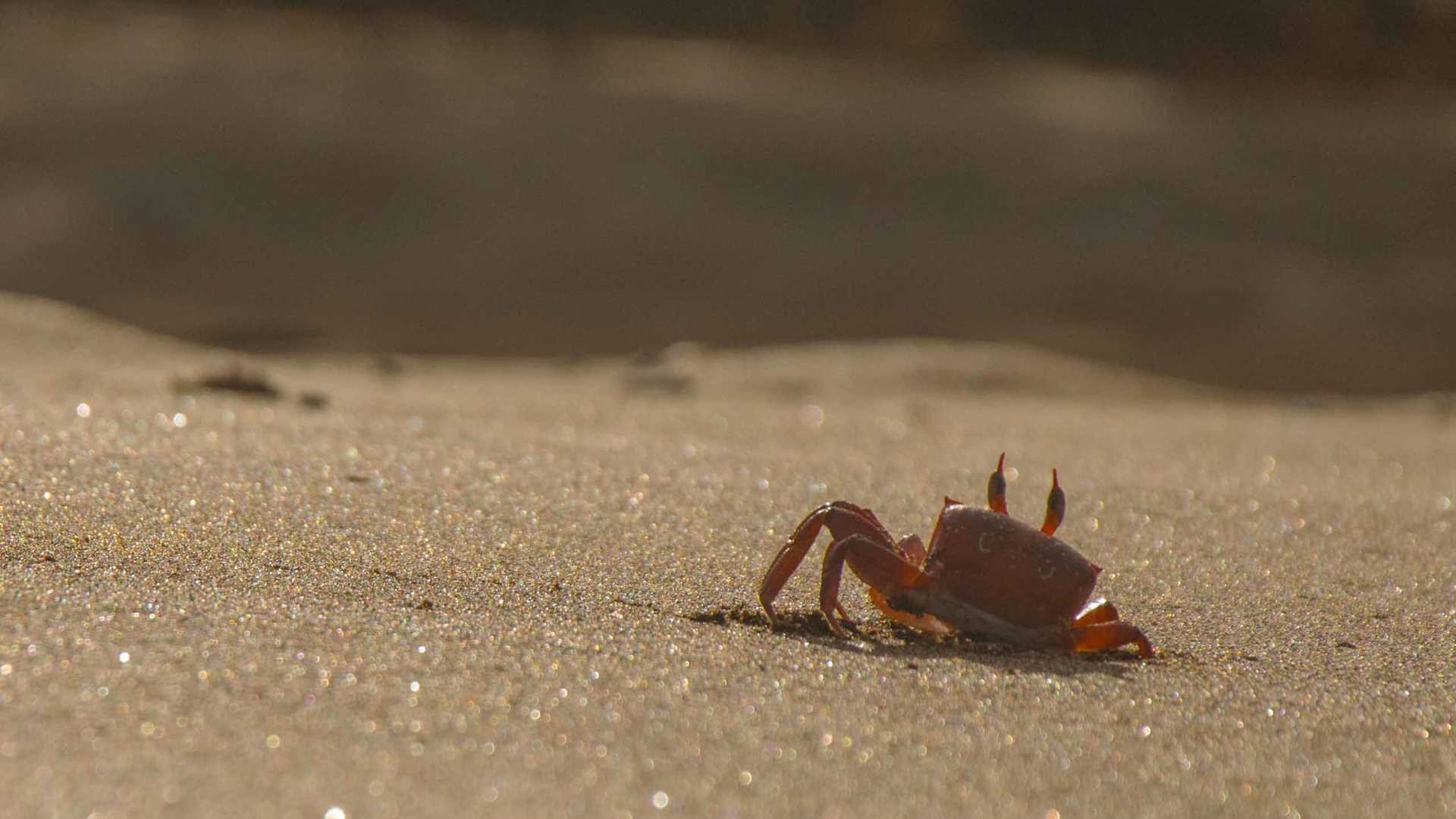Today we explored Lindblad´s adopted island, Santiago Island. In the morning we visited Espumilla Beach, an astonishing pristine beach with a wonderful canvas of colors. During this walk we had the opportunity to observe the black mangroves as well as the button mangroves. Many birds flew around us, including blue footed boobies, finches, brown pelicans and oystercatchers. We then came back to have breakfast, and later on we moved into Buccaneer’s´ Cove to enjoy a combination of water activities including snorkeling and kayaking. After lunch our Global Explorers learned how to create a trailer with iMovie. We wrote a script and planned the photos and videos that the Global Explorers will require to create their own movie trailer.
In the afternoon, we moved into an area known as Puerto Egas. Here, the fascinating geological landscape formed by a combination of tuff and basalt creates a surreal canvas. We spotted Galapagos fur seals that use the grottos or collapsed lava tubes to rest during the day as these areas provide good shade and shelter. The Galapagos fur seal is a marine mammal that is considered endangered as its population was almost taken into extinction during the time of whalers that hunted these animals to use their fur and fat. Since the creation of the Galapagos Marine Reserve, these unique marine mammals have a much safer place to live and reproduce. Our Global Explorers had a lot fun counting the number of Santiago lava lizards that we spotted along the trail. We counted 71! During the walk we also spotted a variety of shore birds, including ruddy turnstones, American oystercatchers, least sandpipers, and semi-palmated plovers.
Some of our guests saw a dramatic episode of wildlife action when a striated heron hunted a Galapagos locust. Walking this trail in the company of Professor David Wilcove, from Princeton University, was an amazing experience as his knowledge on marine birds made our walk even more fascinating. As sunset arrived we enjoyed a spectacular view with pelicans, blue footed boobies, and brown noddies in an astonishing feeding frenzy. The abundance of marine birds and the red color of the sunset made a perfect ending to a great expedition day.







